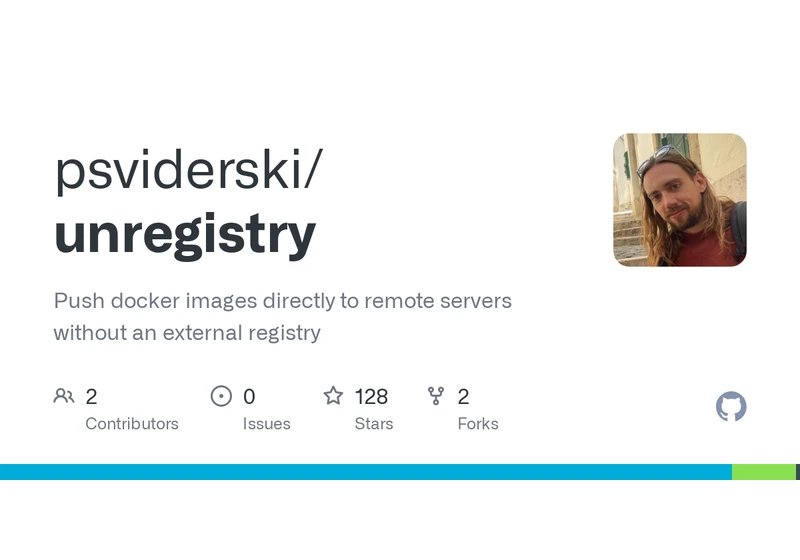
Article URL: https://tesk.page/2025/06/18/its-true-we-dont-care-about-accessibility-on-linux/
Comments URL: https://news.ycombinator.com/item?id=44314372
Points: 52
# Comments: 18
https://tesk.page/2025/06/18/its-true-we-dont-care-about-accessibility-on-linux/

Article URL: https://github.com/lunchbox-computer/bento
Comments URL: https://news.ycombinator.com/item?id=44313379
Points: 42
# Comments: 6

Article URL: https://meri.garden/a-deep-dive-explainer-on-beekem-protocol/
Comments URL: https://news.ycombinator.com/item?id=44313652
Points: 8
# Comments: 0
https://meri.garden/a-deep-dive-explainer-on-beekem-protocol/
Article URL: https://drhagen.com/blog/the-missing-11th-of-the-month/
Comments URL: https://news.ycombinator.com/item?id=44313550
Points: 17
# Comments: 1

Article URL: https://github.com/charmbracelet/fang
Comments URL: https://news.ycombinator.com/item?id=44313901
Points: 45
# Comments: 8

I got tired of the push-to-registry/pull-from-registry dance every time I needed to deploy a Docker image.
In certain cases, using a full-fledged external (or even local) registry is annoying overhead. And if you think about it, there's already a form of registry present on any of your Docker-enabled hosts — the Docker's own image storage.
So I built Unregistry [1] that exposes Docker's (containerd) image storage through a standard registry API. It adds a `docker pussh` command that push



